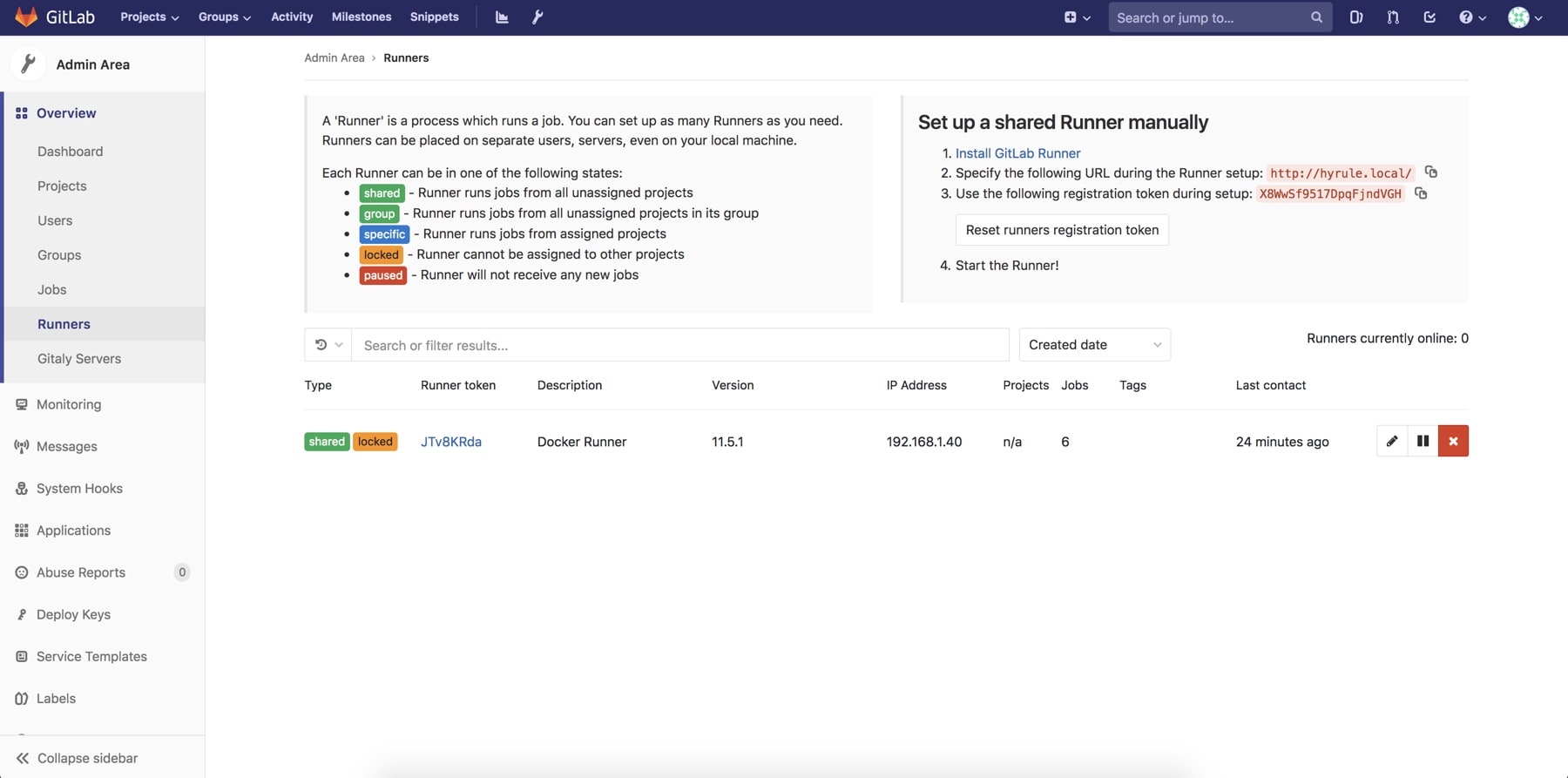

- #HOW TO ACCESS A LOCAL URL IN DOCKER ON MAC INSTALL#
- #HOW TO ACCESS A LOCAL URL IN DOCKER ON MAC FULL#
- #HOW TO ACCESS A LOCAL URL IN DOCKER ON MAC PRO#
If using using the Docker default bridge network using network_mode: bridge, container name resolution will not work inside your containers. You can use the docker-compose.yml file from the official LocalStack repository and use this command (currently requires docker-compose version 1.9.0+):īefore 0.13: If you do not connect your LocalStack container to the default bridge network with network_mode: bridge as in the example, you need to set LAMBDA_DOCKER_NETWORK=. If you want to manually manage your Docker container, it’s usually a good idea to use docker-compose in order to simplify your container configuration. For instance, setting LOCALSTACK_PERSISTENCE=1 is equivalent to PERSISTENCE=1. To facilitate interoperability, configuration variables can be prefixed with LOCALSTACK_ in docker. If you are looking for a simpler method of starting LocalStack, please use the LocalStack CLI. This could be seen as the “expert mode” of starting LocalStack. When using Docker to manually start LocalStack, you will have to configure the container on your own. This command does not bind all ports which are potentially used by LocalStack, nor does it mount any volumes. it will not pull the latest image automatically from Docker Hub. This command reuses the image if it’s already on your machine, i.e. If you want to use a specific version, use the appropriate tag (for example localstack/localstack:1.0.0). This command pulls the current nightly build from the master branch (if you don’t have the image locally) and not the latest supported version.

You can start the Docker container simply by executing the following docker run command: If it does not report an error (but shows information on your Docker system), you’re good to go. You can check if docker is correctly configured on your machine by executing docker info in your terminal. Please make sure that you have a working docker environment on your machine before moving on. If you do not want to use the LocalStack CLI, you can also decide to manually start the LocalStack Docker container. Please also refer to the USE_LIGHT_IMAGE environment variable.
#HOW TO ACCESS A LOCAL URL IN DOCKER ON MAC FULL#
In case you need the full set of dependencies, the localstack/localstack-full image can be used instead. (Note that the localstack/localstack-light image alias may get removed in the future). This command loads all services provided by LocalStack, they will however be started on the first request reaching this service.īy default, LocalStack uses the image tagged latest that is cached on your machine, and will not pull the latest image automatically from Docker Hub (i.e., the image needs to be pulled manually if needed).įrom onwards, the default image localstack/localstack in Docker Hub refers to the “light version”, which has some large dependency files like Elasticsearch removed (and lazily downloads them, if required).
#HOW TO ACCESS A LOCAL URL IN DOCKER ON MAC INSTALL#
The easiest way to install the LocalStack CLI is via pip:

Get a desktop experience and work with your local LocalStack instance via the UI. The easiest way to start and manage LocalStack - either on your machine, in a Docker container on your machine, or even on a remote Docker host. LocalStack currently provides the following options: The first thing when getting started with LocalStack is to choose your preferred way of starting and managing your LocalStack instance. LocalStack also provides additional features to make your life as a cloud developer easier!Ĭheck out LocalStack’s Cloud Developer Tools. You can find a comprehensive list of supported APIs on our ⭐ Feature Coverage page.
#HOW TO ACCESS A LOCAL URL IN DOCKER ON MAC PRO#
The Pro version of LocalStack supports additional APIs and advanced features. LocalStack supports a growing number of AWS services, like AWS Lambda, S3, DynamoDB, Kinesis, SQS, SNS, and many more! LocalStack helps speed up and simplify your testing and development workflow. Whether you are testing complex CDK applications or Terraform configurations, or just beginning to learn about AWS services, With LocalStack, you can run your AWS applications or Lambdas entirely on your local machine without connecting to a remote cloud provider! LocalStack is a cloud service emulator that runs in a single container on your laptop or in your CI environment.


 0 kommentar(er)
0 kommentar(er)
